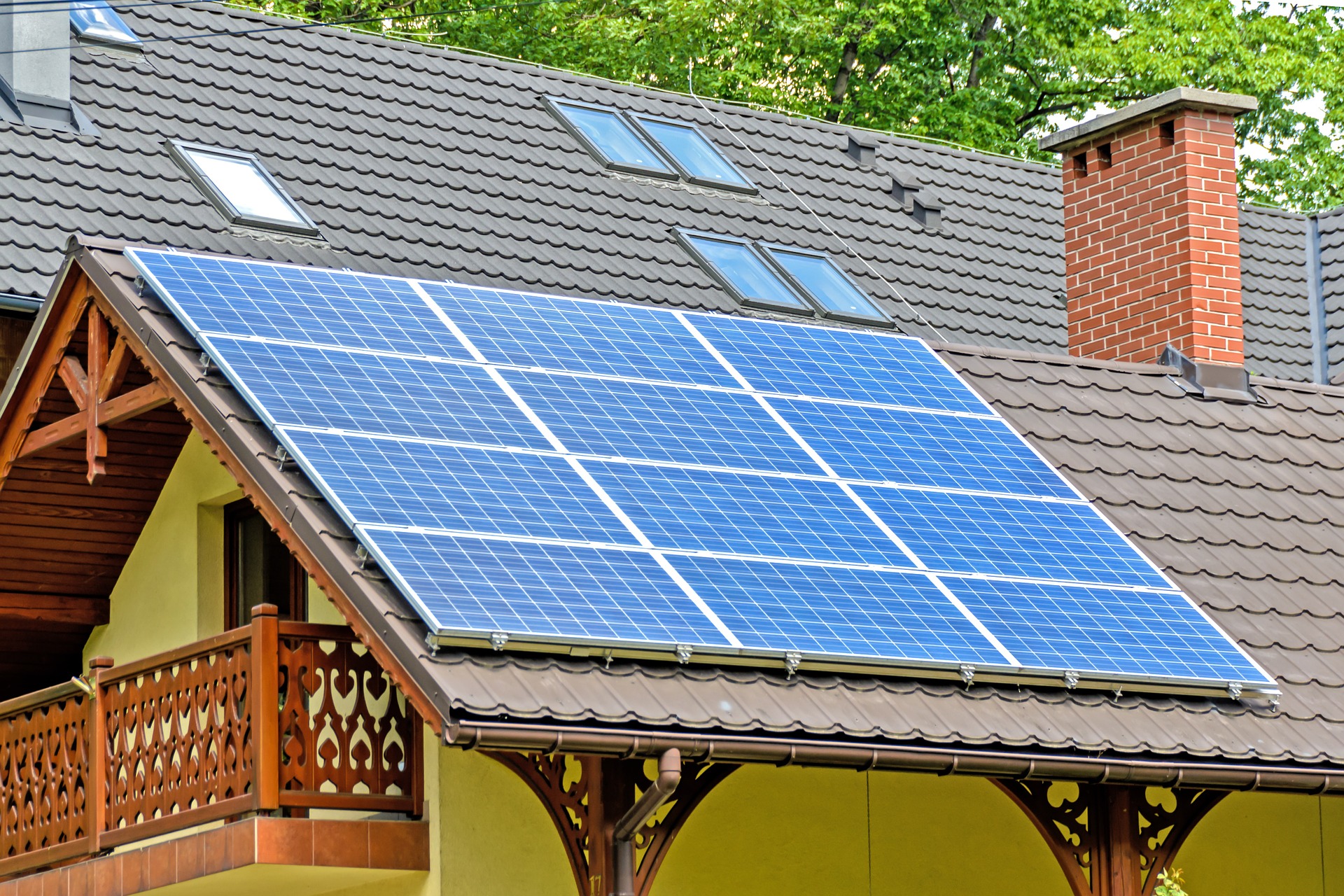IEC SRD 63199:2020 presents the current status of the IEC systems committee Smart Energy (SyC SE) development plan for readers (not limited to IEC smart energy related members). The document identifies items that require standardization, their current status and work required, possibly by multiple technical committees or working groups, to address any issues.
Since the content of this document represents a snapshot of the dynamic/living standardization processes to be updated, it is subject to future changes.
Users’ perspectives are considered. For example, the analysis of influences of each item (development impact and chance to fill gaps) are stated.
Why you need the BS IEC SRD 63199:2020 Standard?
The IEC SRD 63199:2020 document clarifies the current status of the international standardization process that leads to the unified smart energy systems. The document does not cover a specific IEC standardization work that may be being developed.
IEC SRD 63199:2020 gives a clear impression of the current development of development. It informs readers of the direction of international standardization process and lets them decide whether to invest in a Smart Energy system – as part of an energy system, or as a standalone Smart Energy system.
What you will learn from the BS IEC SRD 63199:2020 Standard?
The present document is a historical snapshot of the ST 18 SG4 Smart Energy systems development. It identifies a generic system architecture that is based on the future as seen from 30 September 2020.
Components, parameters and information flows are identified. The IEC SRD 63199:2020 document also provides the basis for the development of a high level functional model (HLFM), instead of specific products and protocols.
What this BS IEC SRD 63199:2020 Standard won’t tell you?
The present document does not represent the future of Smart Energy systems.
How to use the BS IEC SRD 63199:2020 Standard?
The present document is not oriented to the needs of specific industries or to the solution of specific technical issues. It offers a view of the development process of the structure of the Smart Energy system. It is a tool for further development.
It is not a finished standard but a snapshot of the progress. It is intended to provide a broad view of IEC’s transformation and to provide a reference to permit technical experts to evaluate services, capabilities and needs, and make future decisions. The document is intended to be read at the strategic level.
The Smart Energy systems approaches may differ for different industries. For example, the specific requirements and business case may be different for energy, water and building services. It should be noted that Smart Energy does not necessarily require communications for all interfaces or for all components in the system.
Requirements may vary from industry to industry. It may be wise to consider Smart Energy as a collection of products and services.
Users may find the following general considerations useful:
- Smart Energy can provide advanced data management options and can enable improved business processes, which will ultimately enable enhanced cost/performance ratios for the energy production and distribution industry. The industries need to identify the specific opportunities addressed by Smart Energy.
- Energy suppliers and industry partners will have to integrate multiple communications protocols and interface. They will have to consider the cost of communications (e.g. standardization, homogenous products, maintenance, etc.).
- The Smart Energy systems are intended to reflect additional value-added services to consumers and industry partners and operate in a cost effective manner. It is very important to consider the deployment and operation costs (e.g. if it would be cheaper to perform functions at the meter, at the utility side, or by a third party).
















